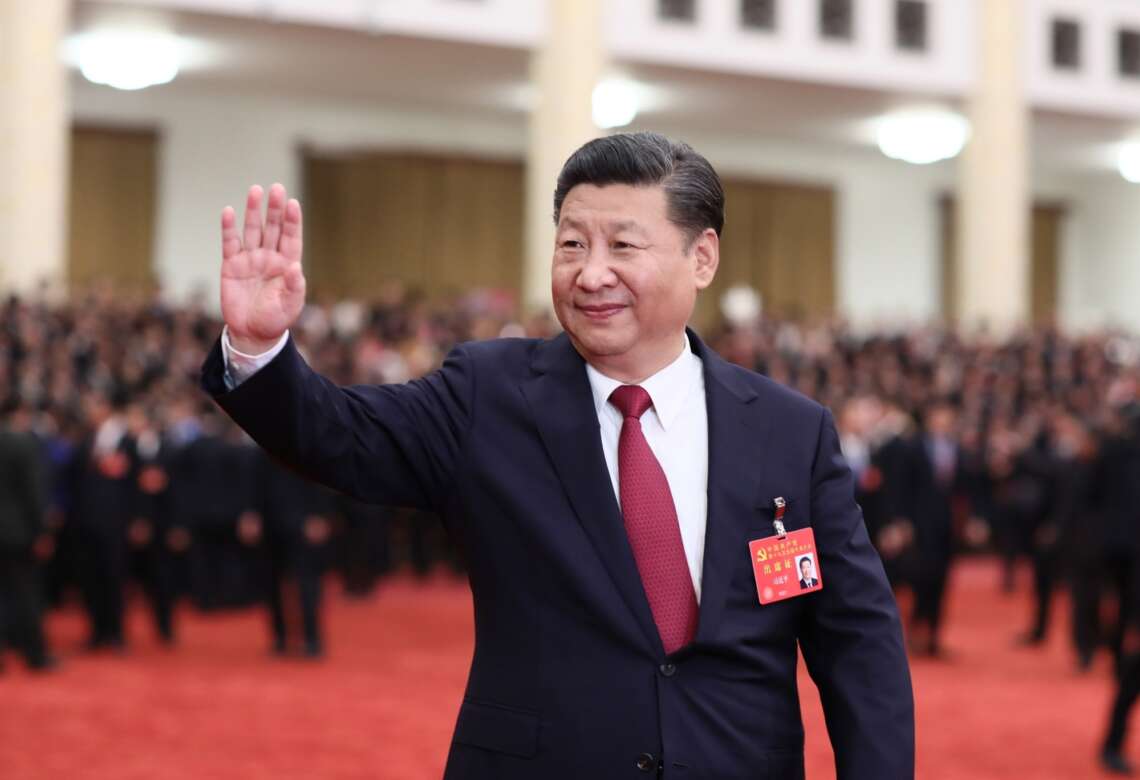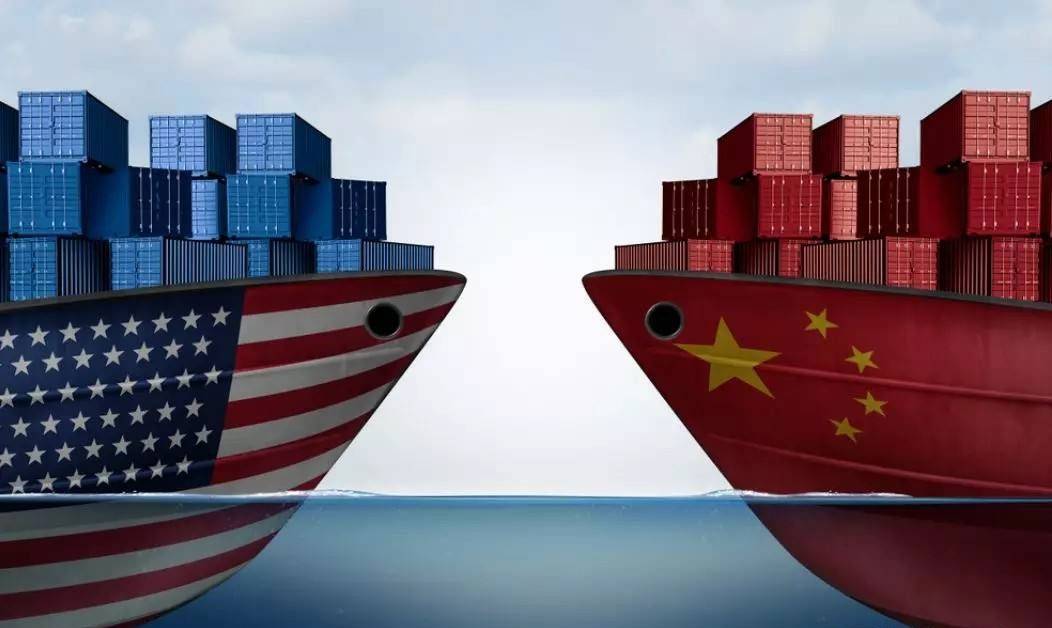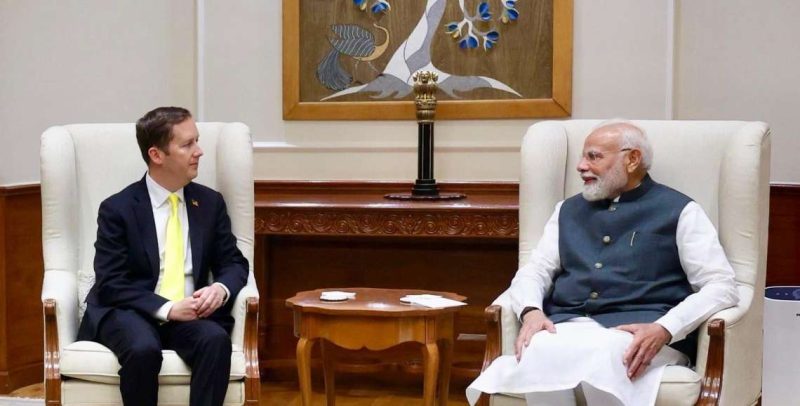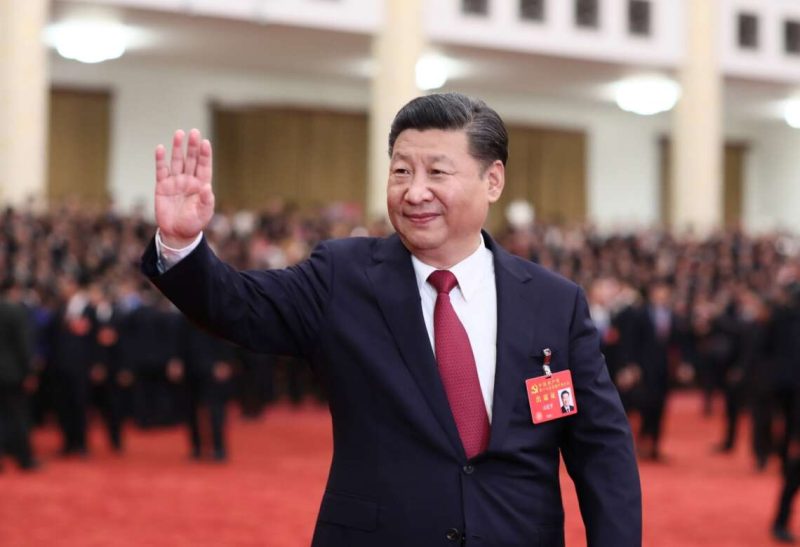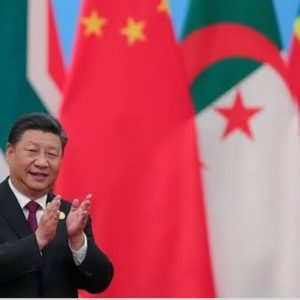Beijing’s trade with the region has soared by over USD 300 billion from 2002 to 2020, with USD 160 billion directly invested during that time….reports Asian Lite News
The US has realized that China is cutting lucrative deals in South America as more nations are joining China’s Belt and Road Initiative (BRI).
The revelation was made by US senators on Thursday during a Senate Foreign Relations subcommittee hearing, reported RT.
Speaking about the looming threat of Chinese influence in Latin America, they said that the South American nations have been distancing themselves from the US; a region long considered Washington’s own backyard but which has recently been wooed by Beijing’s deep pockets and big infrastructure projects.
With little to compare by way of US-built projects and efforts in the region, countries like Ecuador – or Argentina, which signed on to the Belt and Road Initiative in February – are willing to take quality risks in return for the certainty of Chinese money, RT cited experts.
“China has a plan. We don’t have a plan,” Sen Edward Markey (D-Massachusetts) explained, while officials from several US agencies discussed their strategies.
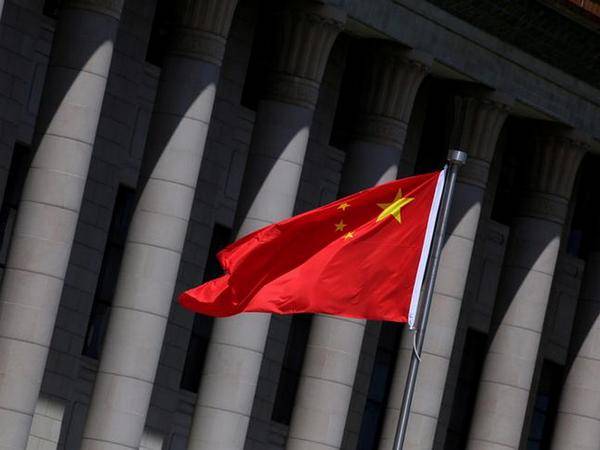
Beijing’s trade with the region has soared by over USD 300 billion from 2002 to 2020, with USD 160 billion directly invested during that time.
20 of the 31 Latin American countries have signed on to be part of the Belt and Road, China has financed infrastructure projects in another five nations, and several countries have been persuaded to drop diplomatic relations with Taiwan – a clear sign of increasing closeness to Beijing, reported RT.
The US, meanwhile, is struggling to even fill regional ambassador spots in Latin America, with political disagreements tying up eight appointments, and four languishing without even a nominee suggested filling them.
Sen Bill Hagerty (R-Tennessee) lamented that China was “literally eating our lunch” in the hemisphere once considered the US’ default sphere of influence under the Monroe Doctrine – and all that with only 9 per cent of Belt and Road spending being devoted to Latin America and the Caribbean as of last year.
For its part, China does not appear to be threatened by its rival’s realization that it has competition, pointing out that Washington has long taken Latin America’s allegiance for granted.
“The United States has regarded Latin America and the Caribbean as its own ‘backyard’, and has been putting pressure and threats at every turn,” RT quoted Chinese US embassy spokesman Liu Pengyu as saying. “Who is a real friend, who is a fake friend, who ignores the rules and spreads chaos.”
“I believe the relevant country will make a correct judgment,” he said. (ANI)



